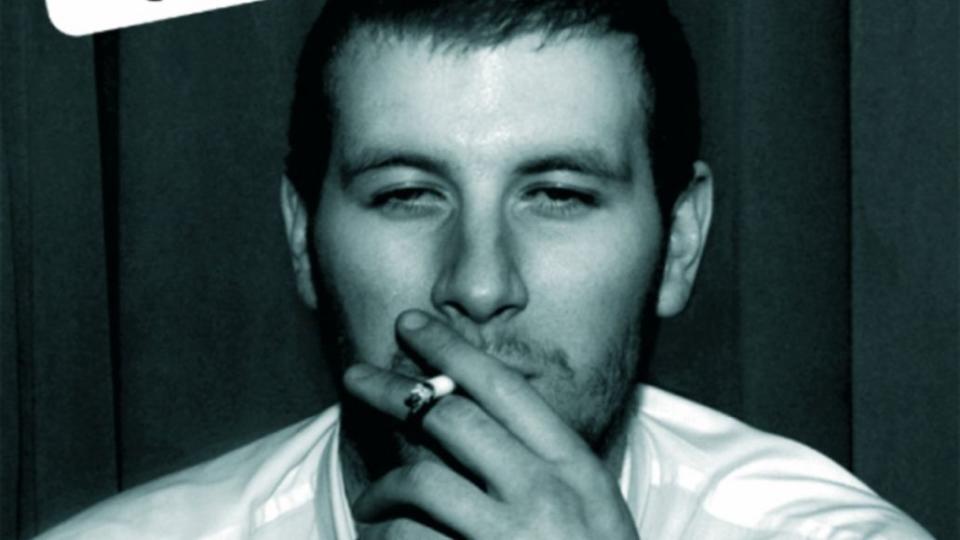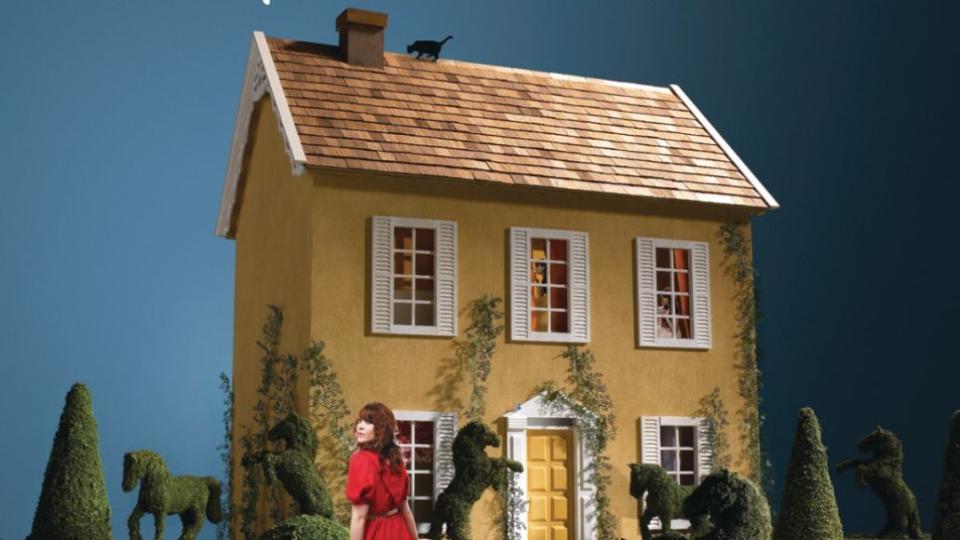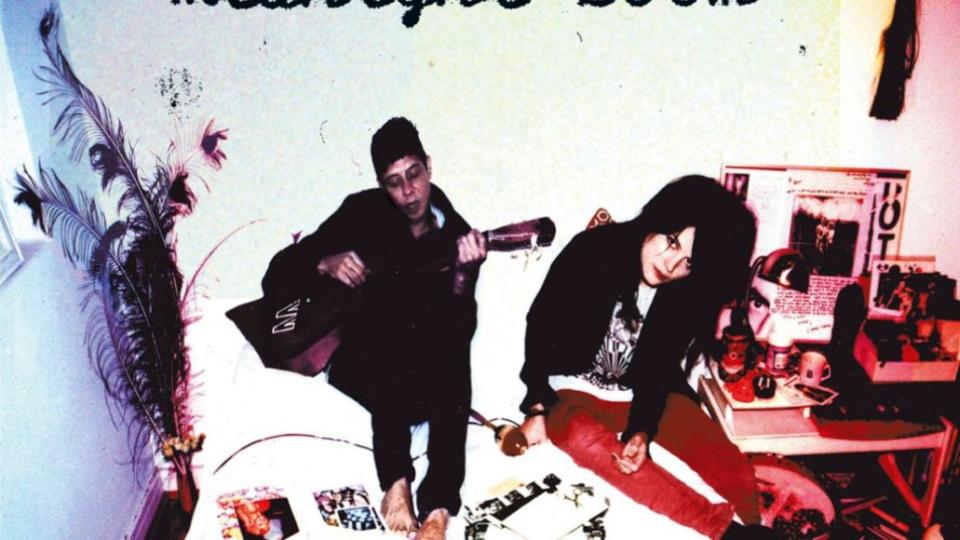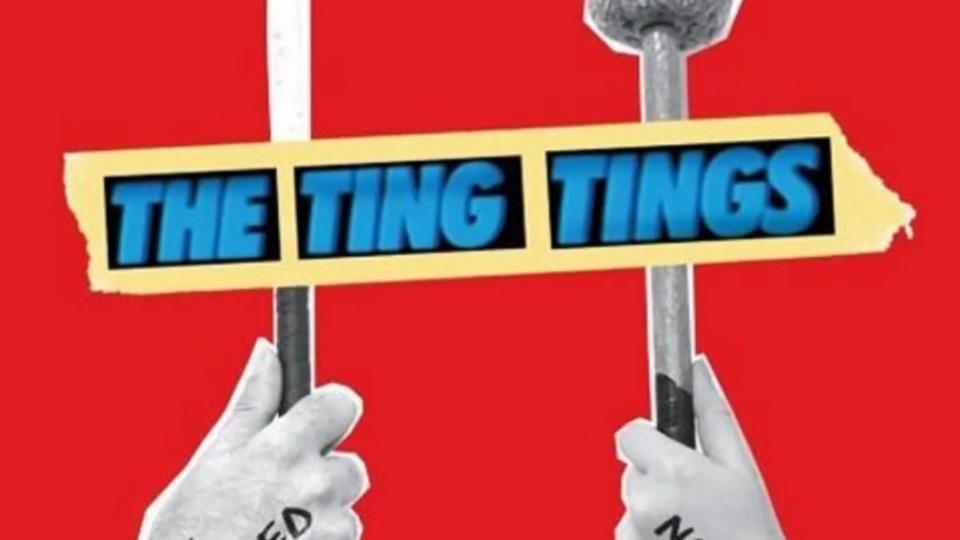10 Albums to Transport You Back to Your Indie Sleaze Era
- Oops!Something went wrong.Please try again later.
- Oops!Something went wrong.Please try again later.
The post 10 Albums to Transport You Back to Your Indie Sleaze Era appeared first on Consequence.
Let’s take a moment to look back on “indie sleaze.” The late aughts were dominated by infectious guitar bands who had the ability to fill dance floors, debauchery-filled nights out documented through the flashes of disposable cameras, and Alex Turner’s love letter to Alexa Chung that, in the eyes of the youth, instantly elevated him to the poetic mastery of Pablo Neruda and Rainer Maria Rilke.
The fashion of indie sleaze was just as prominent as the music that soundtracked it, with both worlds bleeding over into each other. The quintessential trends of that era — almost exclusively limited to American Apparel, skinny jeans, and skater skirts — may have dipped out following the peak of indie sleaze in 2010, but its influence continues to live on.
Indie sleaze has made its tentative resurgence over the last year or so, thanks to a younger generation who have identified that period of late 2000s partying anarchy and adopted some of its most iconic trends. Indie sleaze’s comeback has also coincided with new albums from bands that defined that era such as the Yeah Yeah Yeahs, along with the re-emergence of the likes of LCD Soundsystem and The Strokes on the live circuit.
We’ve rounded up 10 albums from the bands that we feel best represent that sordid time. Get your nostalgia on below.
Sky Ferreira, Night Time, My Time
Having come up in the late-2000s music scene by uploading MySpace demos, no less, Sky Ferreira’s brand of infectious, rock-influenced edgy-pop felt like the defining sound of indie sleaze. Her signature blonde hair and dark eyeliner-heavy makeup look was a staple at every after-party of note, and her fantastic debut album, Night Time, My Time, despite her image as the all-encompassing “cool girl,” was still raw with vulnerability and heartache, and full of the specific insecurities, anxieties and fears that are simply rites of passage for every teenage girl. Take cuts “You’re Not the One” and “24 Hours”: “And I’m thinking about how much I need you/ But you really want somebody else,” goes the former. Sky Ferreira was and is impossibly cool, but she was also just like one of us.
The Strokes, Room On Fire
The Strokes have inspired countless other guitar bands who wanted to sound exactly like them, because they were just so dang cool, for better or for worse. Their debut Is This It — catchy, spunky, gritty, back-to-basics rock music — was an instant-classic, so they made almost the exact same album two years later because why the hell not. Room On Fire took everything The Strokes were good at and doubled it, their influence hitting the United Kingdom particularly strongly and causing a fresh wave of young guitar bands to try and emulate their sound down to a T (again, for better or for worse). Legend has it that a teenaged Alex Turner and co. travelled down from Sheffield to London to watch The Strokes play a headline show at Alexandra Palace, where they bumped into The Libertines’ Pete Doherty in the crowd.
Oh, and don’t forget Sofia Coppola’s “What Ever Happened?” needle drop in 2006’s Marie Antoinette as a means to convey the titular character’s debilitating melancholy.
MGMT, Oracular Spectacular
With Oracular Spectacular, MGMT produced anxious psychedelic pop that teenagers could stage a revolution to against The Man, or maybe just dance to at raves. MGMT made music for young people by young people, and their music clearly resonated — look no further than “Kids.” Take opener “Time to Pretend” which became a kind of de-facto anthem of that generation of youth, presented as a catchy pop song but with underlying motifs of would-be apathy as we ponder our, yes, ultimately “doomed” existences: “Yeah, it’s overwhelming, but what else can we do?/ Get jobs in offices and wake up for the morning commute?” Ennui, but make it cool.
Arctic Monkeys, Whatever People Say I Am, That’s What I’m Not
Arctic Monkeys’ stellar debut, Whatever People Say I Am, That’s What I’m Not, is essentially a concept record about the subtle hedonism of gritty British youth club culture. It’s a subject mostly foreign to the average American under-21 teenager, so it’s no wonder that the LP, full of brash garage rock guitars of an undeniable post-Libertines and Strokes influence and about drunken nights in taxi cabs and trying to find love on the dance floor, has continued to make an impact on kids and future musicians everywhere. The Sheffield quartet have grown up since writing their first record, but even now, it still acts as an auditory time capsule harking back to the kind of late-night depravity that’s only truly experienced in youth.
Kate Nash, Made of Bricks
Kate Nash might not be the first figure that comes to mind when you think of “indie sleaze,” but she really should be. She owned the brunette-with-bangs look before Zooey Deschanel trademarked it, and her early style was exclusively limited to vintage A-line dresses with Peter Pan collars. She’s an underrated heroine of the twee aesthetic — something that she incorporated into her music, especially her debut record Made of Bricks — all kitschy, heavily-accented indie pop songs about imaginary skeleton friends and loser ex-boyfriends who say you are as bitter as lemons. She also performed a twee-pop cover of Arctic Monkeys’ “Fluorescent Adolescent” that people still can’t decide as being ingenious or straight-up terrible. What more do you want from an indie sleaze icon.
Metric, Fantasies
On Fantasies, Metric hit that sweet spot of capturing moody early adolescent ennui and angst, tracks like “Help I’m Alive” illustrated the nightmares of, well, human existence. At the time of release, it was the band’s most well-received and popular record, having perfected their brand of art-rock that, as most indie sleaze bands are wont to do, would be appropriate for either the dance floor or in the solitary confines of your bedroom. Emily Haines and co. have since been immortalized through Scott Pilgrim vs. the World, where they contributed axed Fantasies cut “Black Sheep” as the band felt that it sounded “too much” like Metric in that it nearly felt like a parody of their style. According to lore, the iconic character of Envy Adams — portrayed by Brie Larson — is based on Haines herself.
Yeah Yeah Yeahs, Fever to Tell
Fever to Tell was a gutsy and boisterous record upon release, a perfect marriage of danceable punk music driven by Karen O’s fiery vocals. It’s a record that’s wholly original in its own right, yet clearly influenced by the rock greats of yesteryear; Blondie, Led Zeppelin, Le Tigre, New Order. Karen O herself was inspired by the styles and natures of frontwomen PJ Harvey and Siouxsie Sioux particularly, and was able to incorporate her own eclectic style in to her performances and music in the way of the latter. Karen O was already an essential female figure in an otherwise heavily male-dominated era of the early 2000s, yet her ongoing passion for blending music with style has continued to leave a long, lasting footprint.
Peaches, Impeach My Bush
Thank heavens for Peaches. Impeach My Bush is a no-holds-barred record that incorporates all the best of glam rock and electronic music with a seedy punk edge, and is unapologetically filthy. The explicit lyrics touch on commentary about gender politics, sex, female idolatry, and the gentle worship of giant dicks in trousers. The whole album is a party from start to finish, and “Boys Wanna Be Her” is one of the best needle drops in 2009’s roller derby dramedy Whip It.
The Kills, Midnight Boom
The Kills’ third album, Midnight Boom, showed the band at their best — sludgy, dark, gritty, and effortlessly oh-so-cool. The record put Alison Mosshart and Jamie Hince’s talents at the forefront, the perfect album to soundtrack sleazy underground club raves with Mosshart’s sing-speak punk intonations and grimy guitars. Mosshart herself was a notable fashion icon in her right, having been cited by Alexa Chung as fashion influence for herself. And so the indie sleaze family tree continues.
The Ting Tings, We Started Nothing
It felt like The Ting Tings came from nowhere when they suddenly burst from the Manchester club scene and onto the rock airwaves with We Started Nothing. Full of contagious singles like “Great DJ,” “That’s Not My Name,” and “Shut Up and Let Me Go,” the English indie pop duo were virtually ubiquitous. They were a master of taking a single line of verse, a catchy guitar riff, and turning it into an escapable earworm in the way of “Hollaback Girl” (“They call me hell/ They call me Stacey/ They call me Her/ They call me Jane…”), armed with the kind of musicality that recalled the Yeah Yeah Yeahs at their most confident.
10 Albums to Transport You Back to Your Indie Sleaze Era
Cady Siregar
Popular Posts
Tim Allen Flashes Home Improvement Co-Star Patricia Richardson in Resurfaced Clip
Lisa Marie Presley Underwent Extreme Weight Loss Regime Prior to Death
20 Albums for When the Crushing Melancholy of Life Drags You Under
Jeremy Renner, a Real-Life Superhero, Was Trying to Save His Nephew When Crushed by Snow Plow
Adam Scott Confronts Boy Meets World Cast About "Traumatic Experience" of Hug Snub











